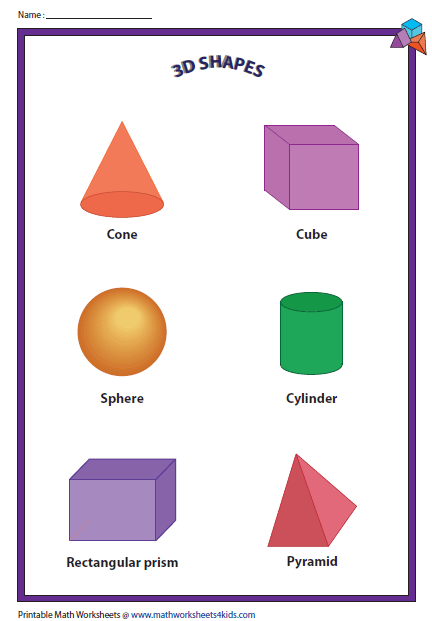

manipulating the complexity of the 3-dimensional objects the students represent.Tasks can be varied in many ways including: providing opportunities for students to work in groups and pairs to encourage collaboration, peer-sharing of ideas, questioning, and reciprocal learning.orientating cube models so the viewpoint matches the orientation of isometric paper.

providing access to sculpting materials, such as plasticine, so students can create their own 3-dimensional models.altering the complexity of the shapes students are asked to construct.

This could include the use of digital cameras
explicitly modelling the building and drawing of shapes from various viewpoints, so students appreciate the minimal requirements of plan views. providing materials, such as physical or digital models of 3-dimensional solids, so students can move and manipulate these, and themselves, in relation to the objects. The learning opportunities in this unit can be differentiated by providing or removing support to students, by varying the task requirements. Nets are important in the packaging and construction industries. In this unit students explore creating nets which are flat patterns that fold to form a solid. A cone is similar to a pyramid in the same way that a cylinder is similar to a prism, as it has a curved surface, which means it is technically not a polyhedron. The figure below shows square-based and triangular based (tetrahedron) pyramids. square), and triangular faces that converge at a point, the apex. Pyramids have a base that names the pyramid (e.g. A cylinder is similar to a prism, however, because it has a curved surface, it is not technically a polyhedron. Having a constant cross-section is the defining property of a prism. In the figure below, the cube, cuboid, hexagonal prism, and triangular prism all have a constant cross-section if cut parallel to the end faces. Students learn about prisms and pyramids which are classes of polyhedra (plural). A polyhedron (singular) is a three-dimensional solid object that consists of a collection of polygons (flat shapes) that bound (enclose) a space. In this unit, students study solid (3-dimensional) shapes. These drawings are commonly seen in house design and usually show the structure from above (top or seagull view), front, and side. Plan views are different drawings of the same building.







 0 kommentar(er)
0 kommentar(er)
